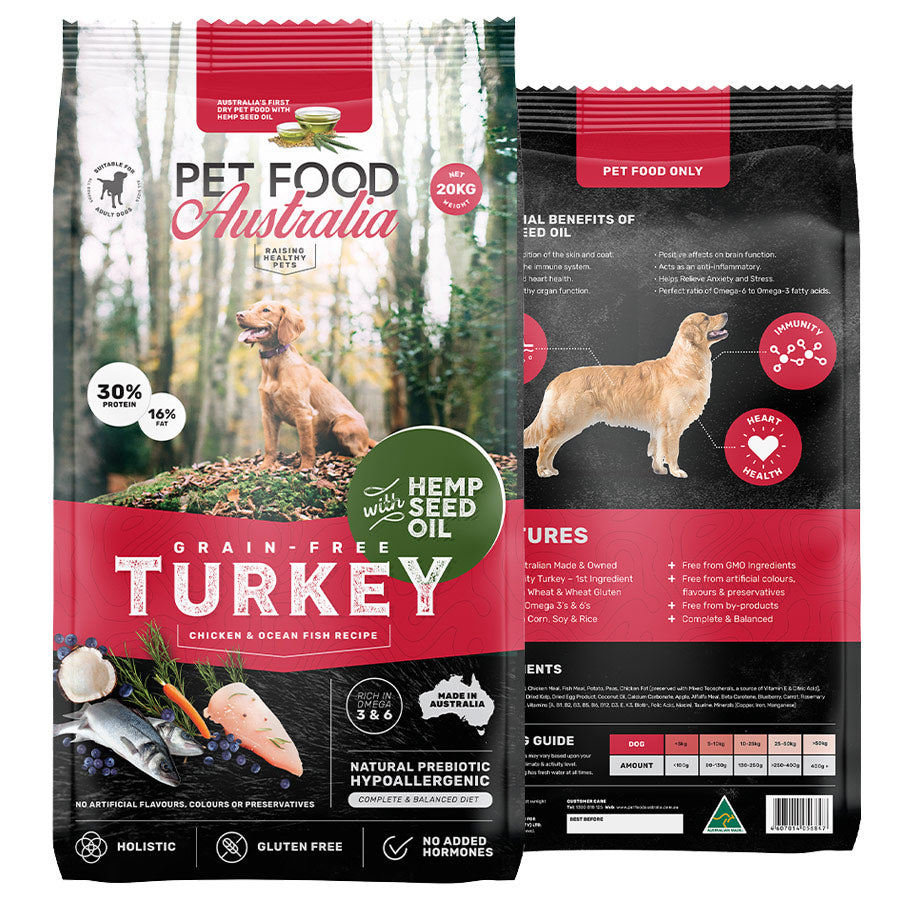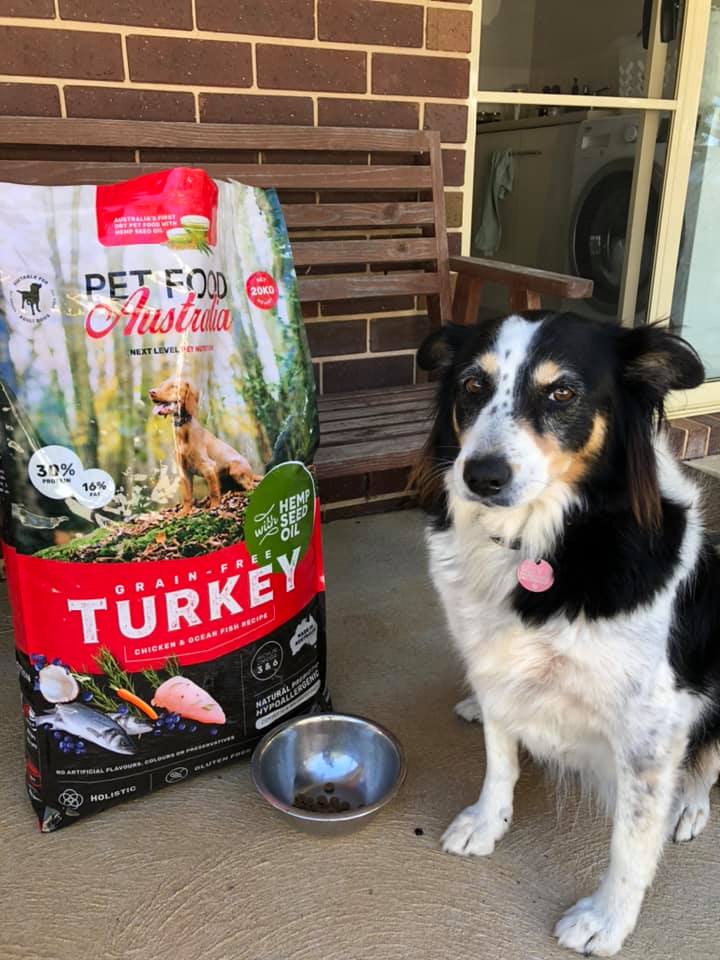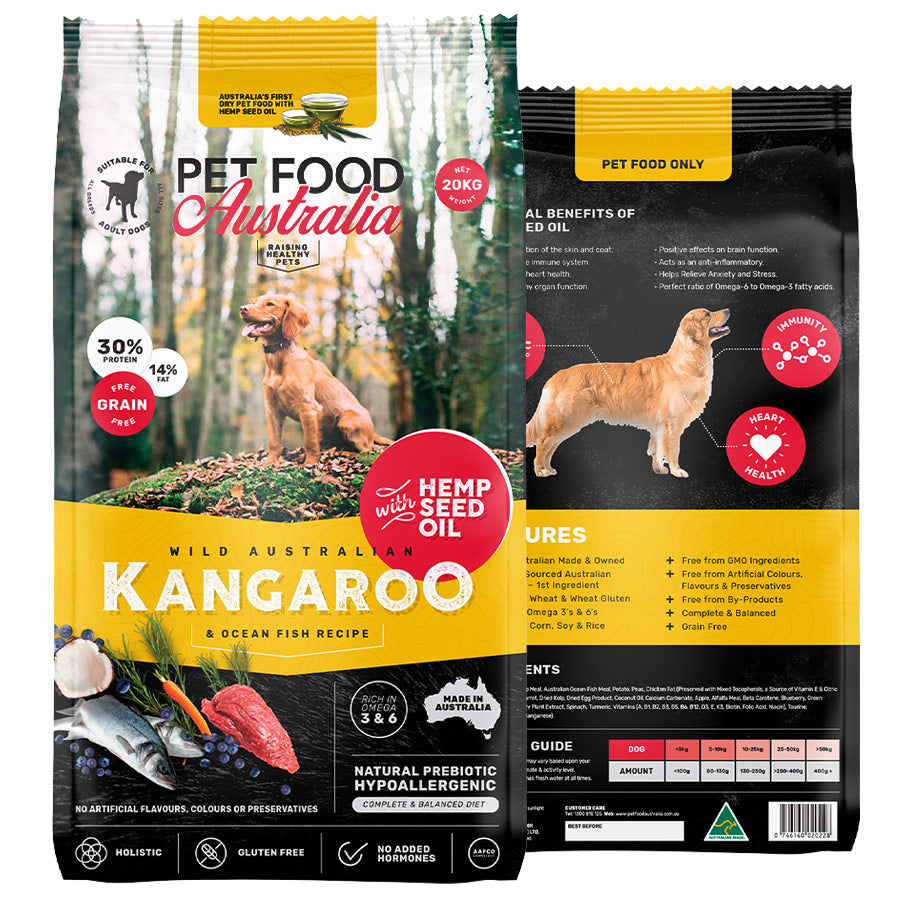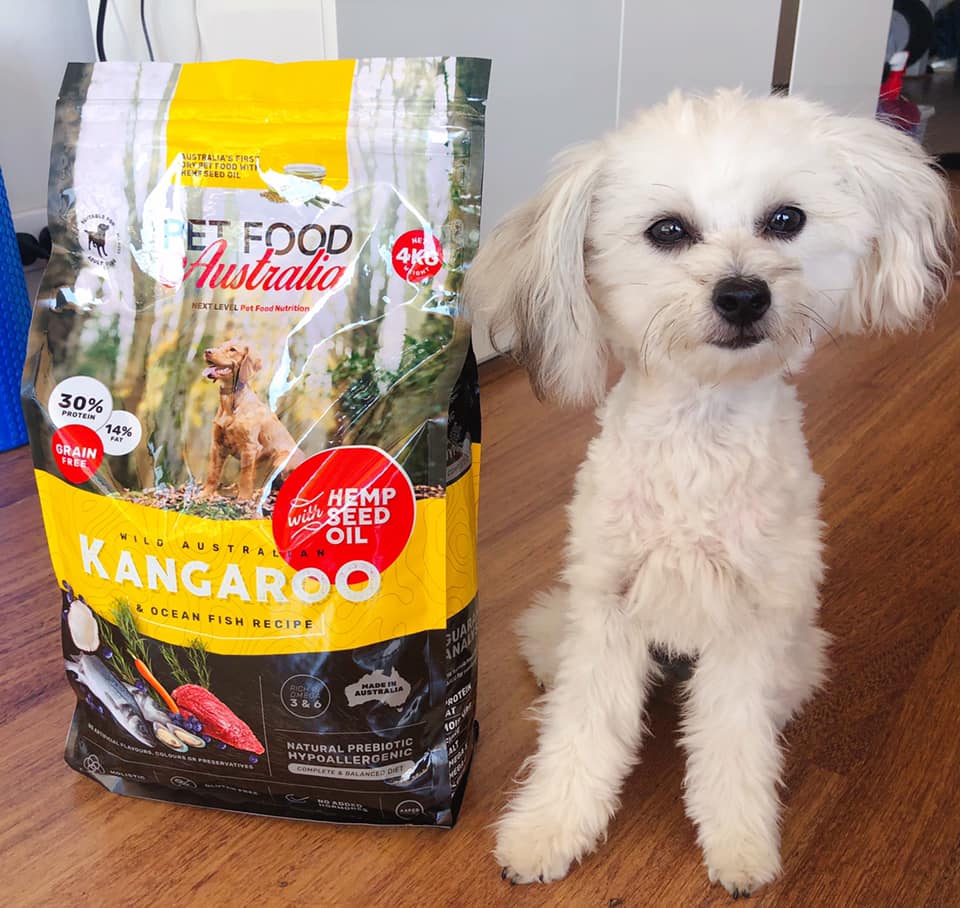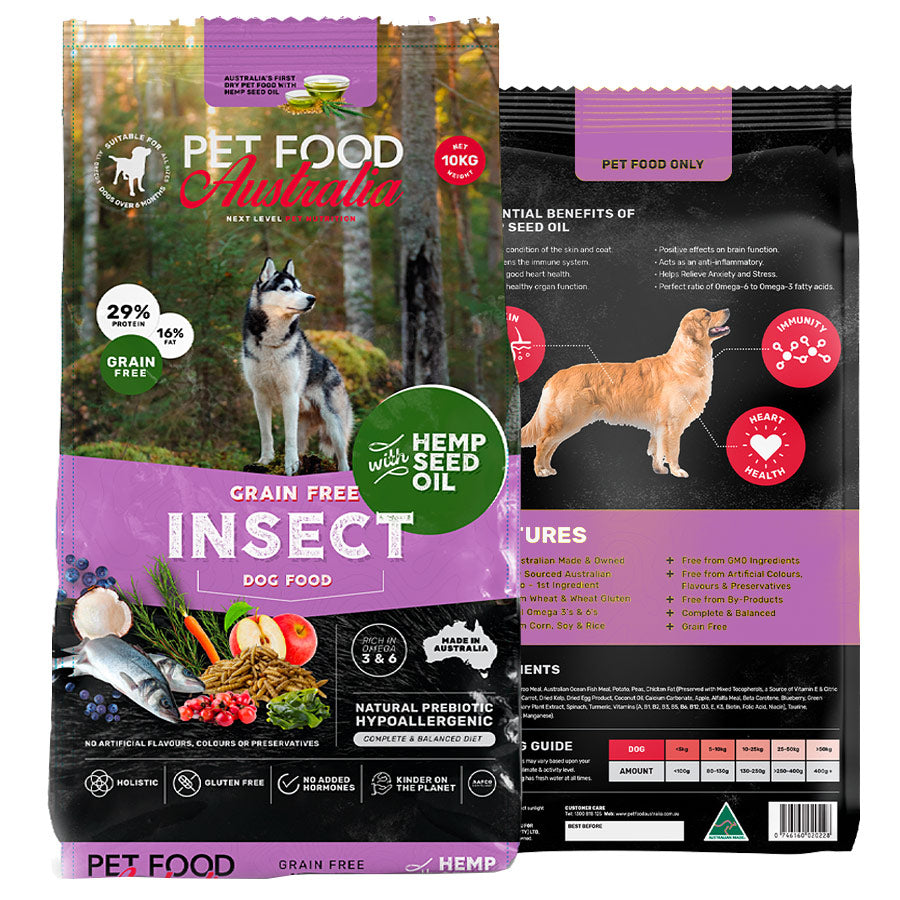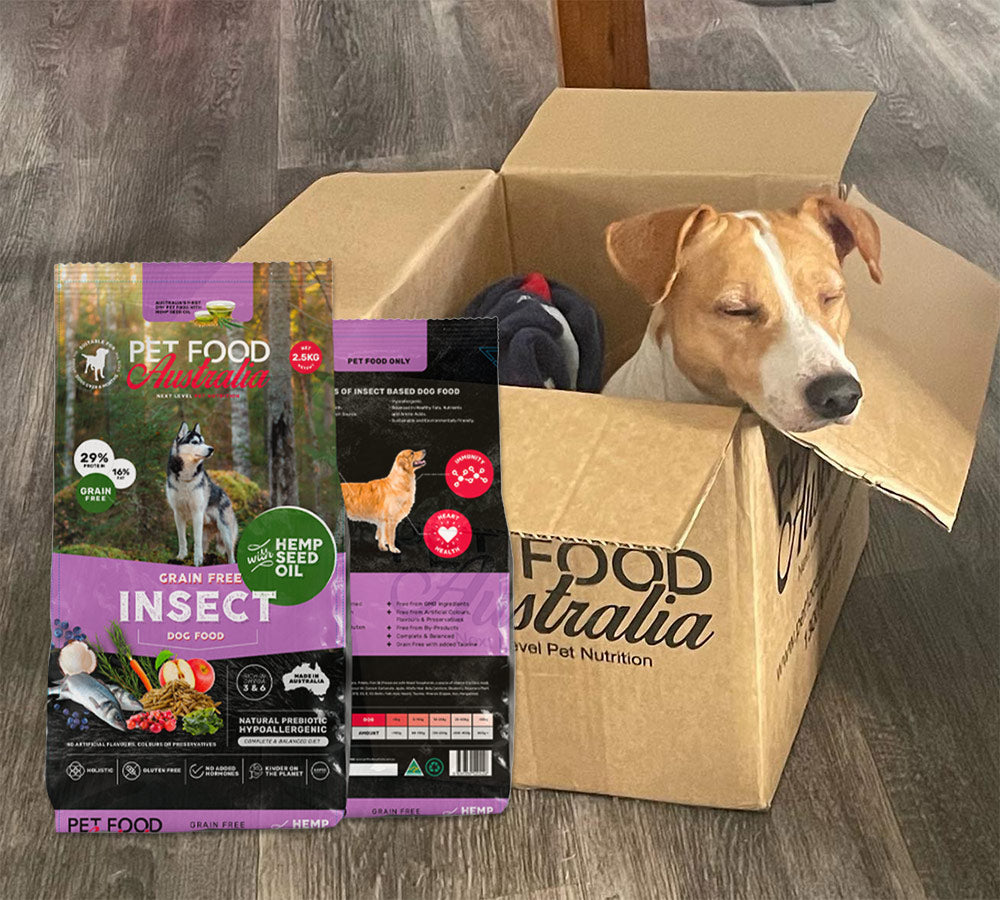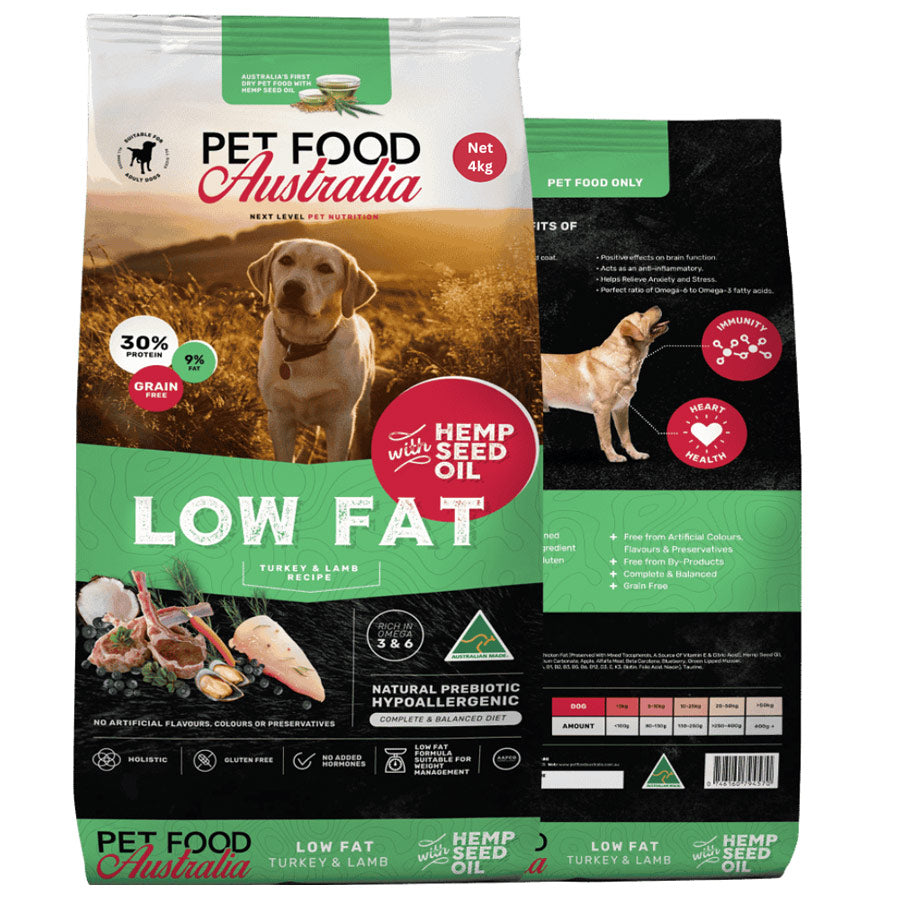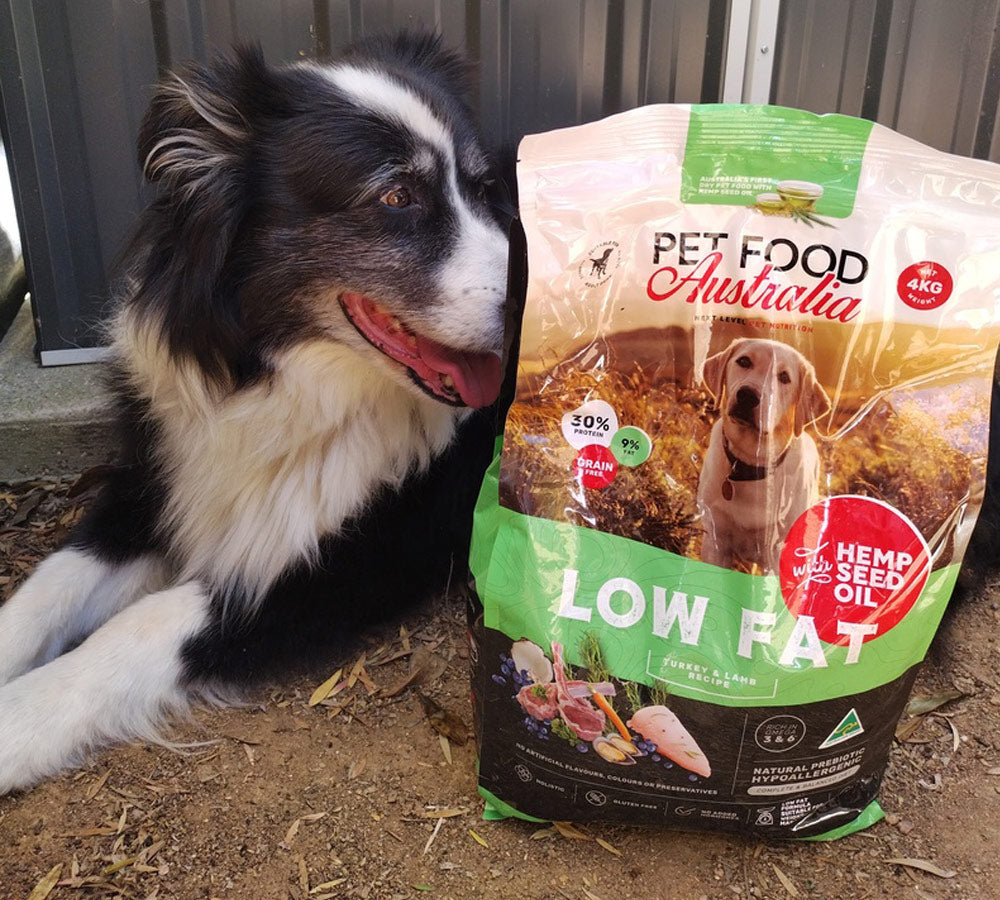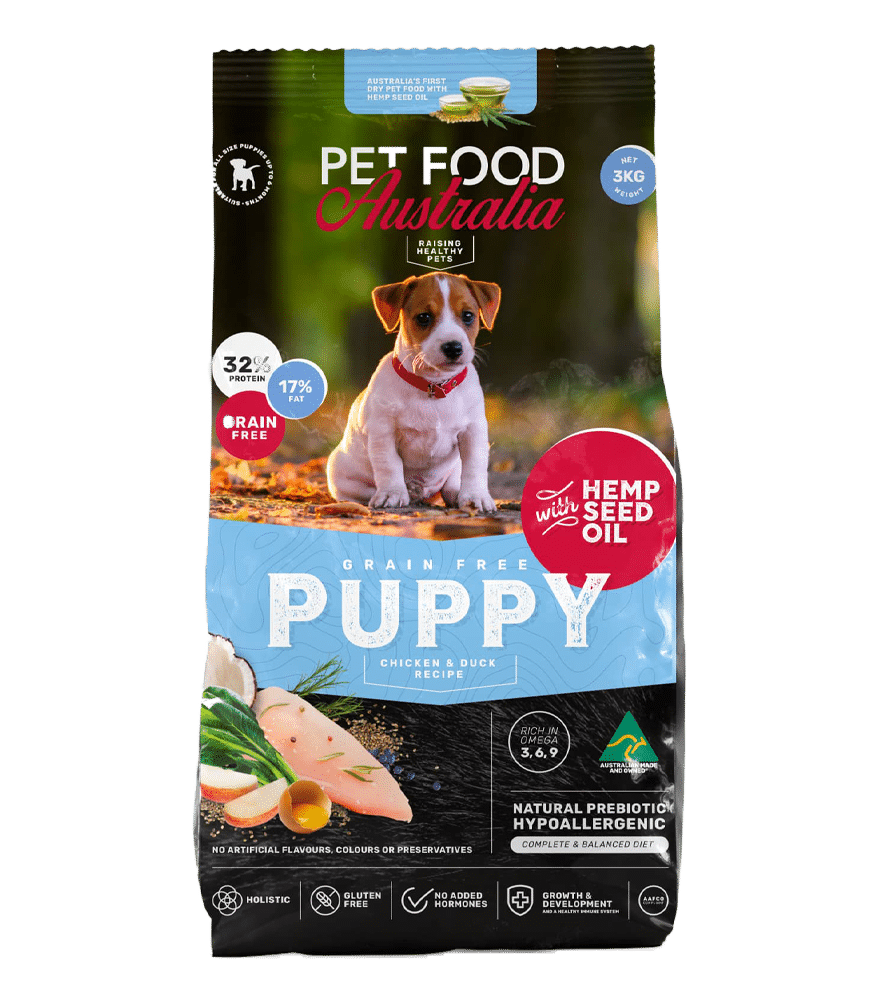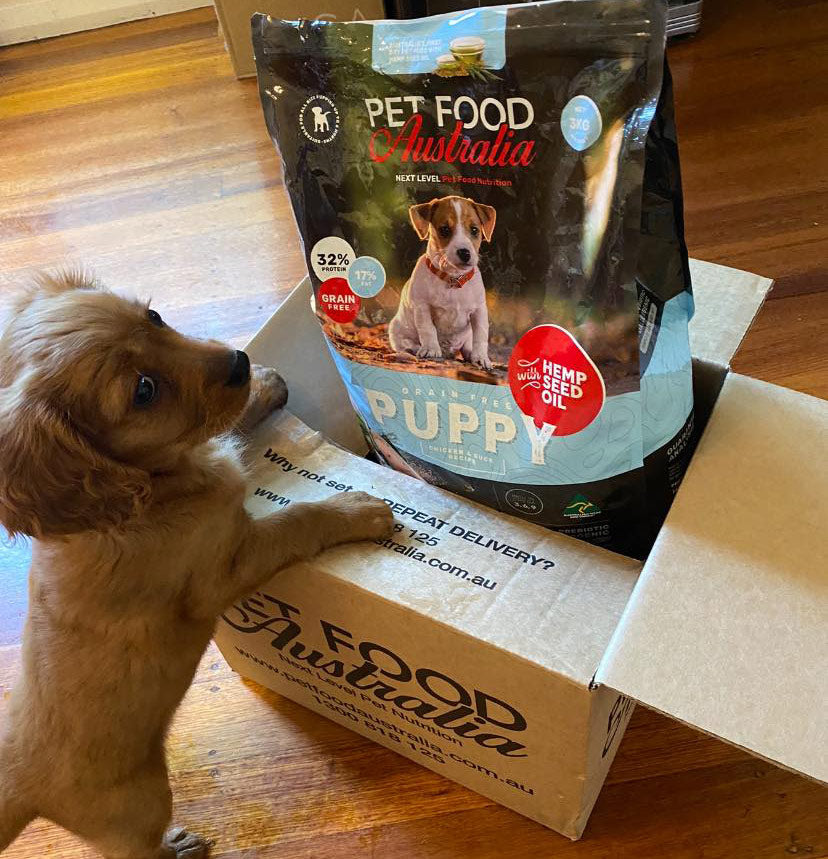Is Your Pet's Food Behind Their Itchy Skin or Allergies?

If you've ever broken out in hives or found yourself furiously scratching after eating something you shouldn't have, you'll know just how uncomfortable a food allergy can be. But many pet owners don't realise that their furry friends can also experience those same frustrating symptoms.
Your pet's diet might be doing more harm than good, from itchy skin and red eyes to constant scratching and irritated paws.
How Can Dogs Have Food Allergies?

Food allergies in pets occur the exact same way they do in people. It has to do with the immune system, which usually fights off germs and other bacteria that can cause diseases. When the immune system mistakes food for something harmful, it goes on the attack, and we experience a reaction.
Common Symptoms Of Food Allergies

When pets react to a food allergy, you may notice:
Itchy Skin Or Paws:
Itchy skin is pets' most common type of allergy. Also known as allergic dermatitis, this condition can occur anywhere on the body. In dogs, it is common to happen near the ears, paws, or tummy.
Chronic Ear Infections
Recurring ear infections—especially those that just won't clear up—can often be a sign of an underlying food allergy. If your dog is constantly shaking its head or scratching its ears, it might be more than just an annoyance; its food could be fuelling the inflammation.
Red, Watery Eyes or Inflamed Skin
Allergies can manifest as redness around the eyes, rashes, or inflamed skin. If your pup looks a little puffier or more irritated than usual, it's worth investigating what's in their bowl.
Upset Stomach
Food allergies don't just mess with the skin—they can upset the digestive system, too. Think of diarrhoea, vomiting, or gassiness that could clear a room. If your dog's tummy is frequently out of sorts, its food might not be sitting well.
Hair Loss or Bald Patches
Constant licking, biting, and scratching caused by allergies can lead to hair loss over time. If you've noticed bald patches or thinning fur, it might be more than seasonal shedding.
What You Can Do About Pet Allergies

If any of these symptoms sound familiar, it’s time to make a change. Most professionals will suggest an elimination diet—this involves feeding your pet a simple, limited-ingredient diet and slowly reintroducing foods to pinpoint the allergen.
Once the culprit is identified, it's time to switch to food that works with your pet's body, not against it.
Choosing The Right Food For Sensitive Pets

When dealing with food allergies, the fewer the ingredients, the better. Look for pet food that is:
-
Grain-free and hypoallergenic
-
Made with single-source proteins
-
Free from fillers, artificial colours, flavours and preservatives
-
Packed with real, whole-food ingredients
That's exactly what we do at Pet Food Australia. We create food that pets thrive on—not just tolerate.
Whether it's itchy skin, dodgy tummies, or allergies that keep coming back, our allergy-friendly range is crafted to give your pet the comfort and nourishment it deserves.
Food allergies can be sneaky—but they're not unbeatable. If your pet's skin is constantly irritated, their tummy is unsettled, or they seem a little off, their diet could be the hidden villain.
Switching to high-quality, limited-ingredient food made with love (and no nasties) could be the game-changer your pet needs.
Explore our allergy-friendly range at Pet Food Australia today—and help your furry friend feel good inside and out.




